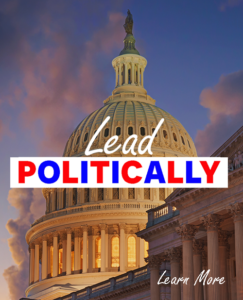Politics
New Zealand Politics
This page explores New Zealand’s political structure incorporating real-time RSS feed news and videos. By harnessing the power of RSS feeds, visitors can stay informed about the latest developments in New Zealand’s politics as they happen. The dynamic nature of these feeds ensures that users receive up-to-the-minute updates on political events, policy changes, and significant milestones, enabling them to stay abreast of the ever-evolving political scene.

Jacinda Ardern
40th Prime Minister of New Zealand
Incumbent
Assumed office
26 October 2017
Image credit
New Zealand operates as a parliamentary democracy within a constitutional monarchy, with a political structure that combines democratic governance and a separation of powers among the executive, legislative, and judicial branches.
At the top of the political structure is the monarch, who is the head of state and is represented in New Zealand by the Governor-General. The Governor-General performs ceremonial and symbolic duties on behalf of the monarch.
The executive power in New Zealand is exercised by the government, led by the Prime Minister. The Prime Minister is the head of government and is usually the leader of the political party that holds the majority in the unicameral legislature, known as the New Zealand Parliament. The government formulates and implements policies, manages the administration, and exercises executive authority.
The legislative branch in New Zealand is represented by the Parliament, which consists of the House of Representatives. Members of the House of Representatives, known as Members of Parliament (MPs), are elected through a mixed-member proportional representation system for a term of three years. The Parliament is responsible for enacting laws, approving the national budget, and providing oversight of the executive branch.
The judiciary in New Zealand is independent and ensures the interpretation and application of the law. The Supreme Court is the highest judicial authority and handles constitutional matters and appeals. Other courts, such as the Court of Appeal and the High Court, handle various legal cases and ensure access to justice.
Political parties play a significant role in New Zealand’s political landscape, with elections determining the composition of the Parliament. Coalition governments are common, as no single political party typically wins an outright majority. Civil society organizations, media outlets, and other stakeholders contribute to public discourse, provide checks and balances on the government, and promote transparency and accountability.
In conclusion, New Zealand’s political structure is characterized by a parliamentary democracy within a constitutional monarchy, with a separation of powers among the executive, legislative, and judicial branches. The monarch and Governor-General hold ceremonial roles, while the government and the Prime Minister exercise executive authority. The Parliament enacts laws and provides legislative oversight, while the judiciary operates independently. New Zealand’s political system aims to promote democratic governance, protect individual rights, and ensure effective governance for the benefit of its citizens.
Unless other sources are listed, original content is provided by ChatGPT. ChatGPT may produce inaccurate information about people, places, or facts. #NewZealand #NewZealandPolitics #NewZealandNews #NewZealandNewsToday #NewZealandRSSFeed #BlahFace



